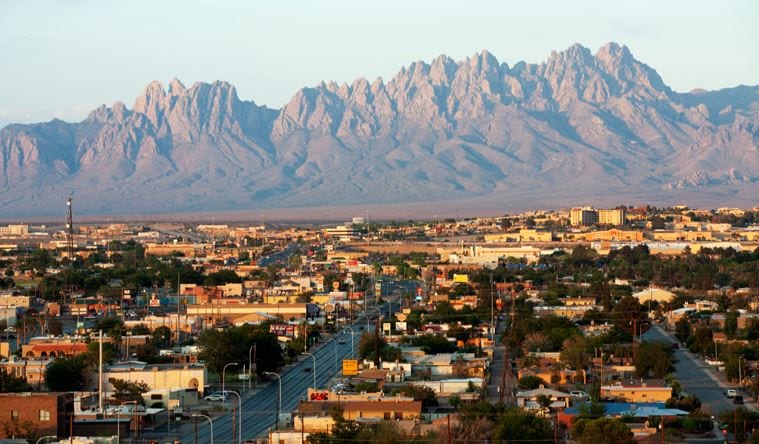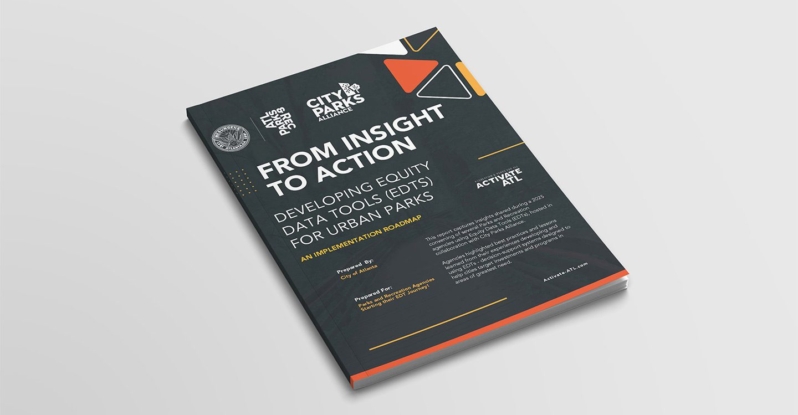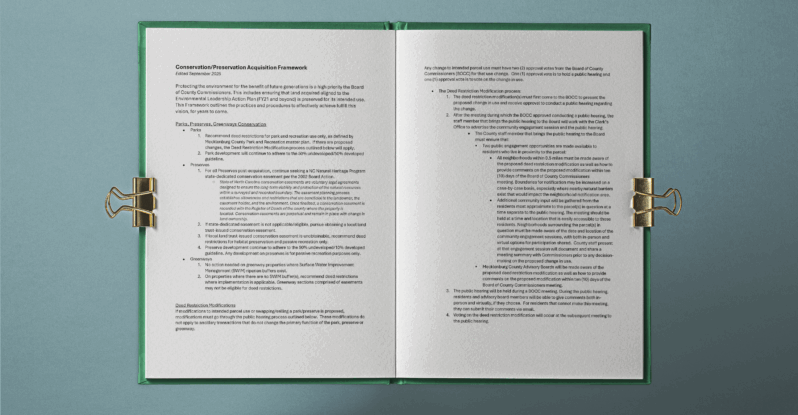Challenge
Just 46 miles north of the Mexican border, Las Cruces, New Mexico sits in the floodplain of the Rio Grande River. More than half of the population is Hispanic or Latino. Twenty-four percent live below the poverty line. Though the sun shines 8 out of 10 days, rain comes in intense monsoon-like thunderstorms in late summer that often lead to flash flooding. Those storms combined with spring weather patterns influence transportation and public health, among other community concerns. Making things worse, projections are that temperatures will climb over 100°F on average for two to three months every summer by the end of the century.

Photo via City of Las Cruces Government
Funding Action Plan
To address Las Cruces extreme weather and promote sustainability and resilience, city leaders have anticipated climate change in their planning. The city has partnered with Adaptation International, an organization that creates detailed assessments of at-risk resources. It also built upon an existing relationship with the University of Arizona and the Climate Assessment for the Southwest, and collaborated with other local organizations to apply for a NOAA Sectoral Applications Research Program (SARP) grant.
SARP supports interdisciplinary research into the effect of climate change on key socio-economic sectors and encouraging leaders to use the knowledge in climate-related decision-making. Of particular concern under SARP are water resource management initiatives and extreme event preparedness planning.
In two interactive workshops, the SARP-funded Las Cruces project group identified more than 30 climate-related variables, ranging from hotter days and warmer nights to changes in the growing season and dust storms.
Notably, the group developed a strategic resilience project that strengthened social and economic condition in frontline communities. The NOAA-funded project yielded a demonstration rainwater harvesting system in a low- to moderate-income neighborhood that conserved energy and saved money while reducing greenhouse gas emissions. It also produced a green infrastructure assessment for the neighborhood.
Additional shade trees and vegetation planted as part of the project will ease extreme heat events and lower the Urban Heat Island effect. Planned green stormwater management infrastructure—curb cuts, bioswales, and pervious pavement—will reduce the impacts of flooding.
Success Builds Success
The climate change assessment portion of the project helped Las Cruces secure additional funding though a Community Development Block Grant and city capital improvement funding that poured $400,000 into green infrastructure improvements in historically undeserved neighborhoods.
The city now recognizes the need to build capacity among local stakeholders to successfully create long-term resilience. The city’s SARP-inspired rainwater harvesting and green infrastructure projects are a critical first step in that journey.




